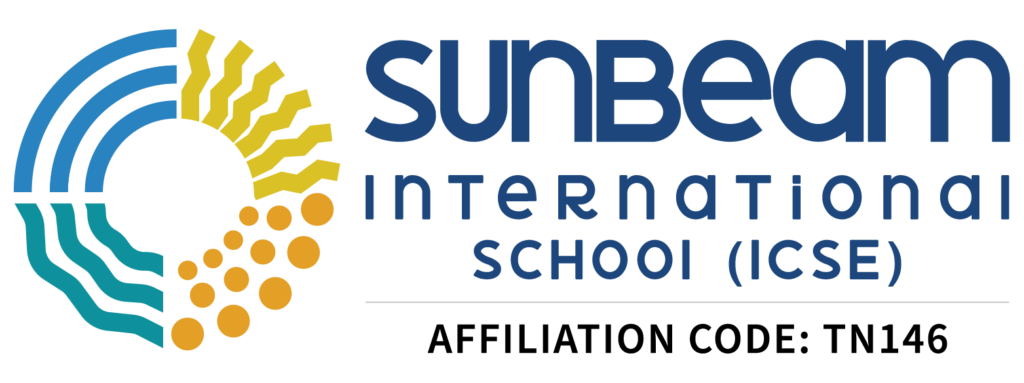
Before children even begin to speak or write, they express themselves through movements and sounds. They instinctively sway to music, jump around, point, nod or utter sounds to convey their feelings. This connection between music and movement is common across all cultures. It also follows that music and movement can be used as teaching tools in early childhood.
What does ‘music and movement’ mean?
When referring to music and movement in the context of early childhood development, it refers to the introduction of activities involving music and movement to children. Through music, children explore their movement. It can be dance, an action complementing a song or playing a musical instrument.
Music and movement have been an integral part of early childhood education for years. It gives children a means to release their energy and also soothes them. In this post, we will see how incorporating music and movement early in childhood can help in the child’s holistic development.

Benefits of music and movement for children
Both music and movement are significant in stimulating children. They help in their overall development as they involve more than one senses. They also help make routine activities engaging. For example, singing or chanting can make a group activity more fun. When mixed with music— like in the classic game of musical chairs— these promote problem-solving and gross motor skills.
Some of the cognitive and physical developmental benefits of music and movement include:
Cognitive Development
Apart from holding the attention of children, music also plays a role in a child’s cognitive development. A study of more than 3000 children in Australia published in the Early Childhood Research Quarterly found that when parents engaged in informal musical activities at home with children aged 2 to 3 years, it led to better attention spans, social, literacy and numeracy skills by the age of 5.
Since music is all about exploring sounds and awareness, it helps to strengthen the areas of the brain associated with reading and language. There is also a strong link between musical training and the ability to count and recognise patterns.
Physical Development
Music promotes physical development in children through movement, be it through dance or learning musical instruments. When children dance, they process sounds and rhythms and move in a coordinated and planned manner. This engages their motor skills and helps in coordination and flexibility.
On the other hand, learning a musical instrument allows them to practise motor control. It requires dexterity of movement, hand eye coordination and increased focus. For example, the movement of each finger on the guitar fretboard produces a distinct note. Instrument training in early childhood has also been found to improve complex motor skills such as skipping, leaping and galloping.

Children have a natural inclination towards music and movement. In addition to being a fun activity, it allows them to express their creativity freely, without judgement of others. There are numerous ways to incorporate music and movement in class. It can be through songs and rhymes (for example action rhymes that ask children to raise/clap their hands, stand up etc), dancing, musical instruments or games involving song and dance.
Activities involving music and movement are relaxing not only for children but also adults. These must be encouraged to make learning more exciting.


